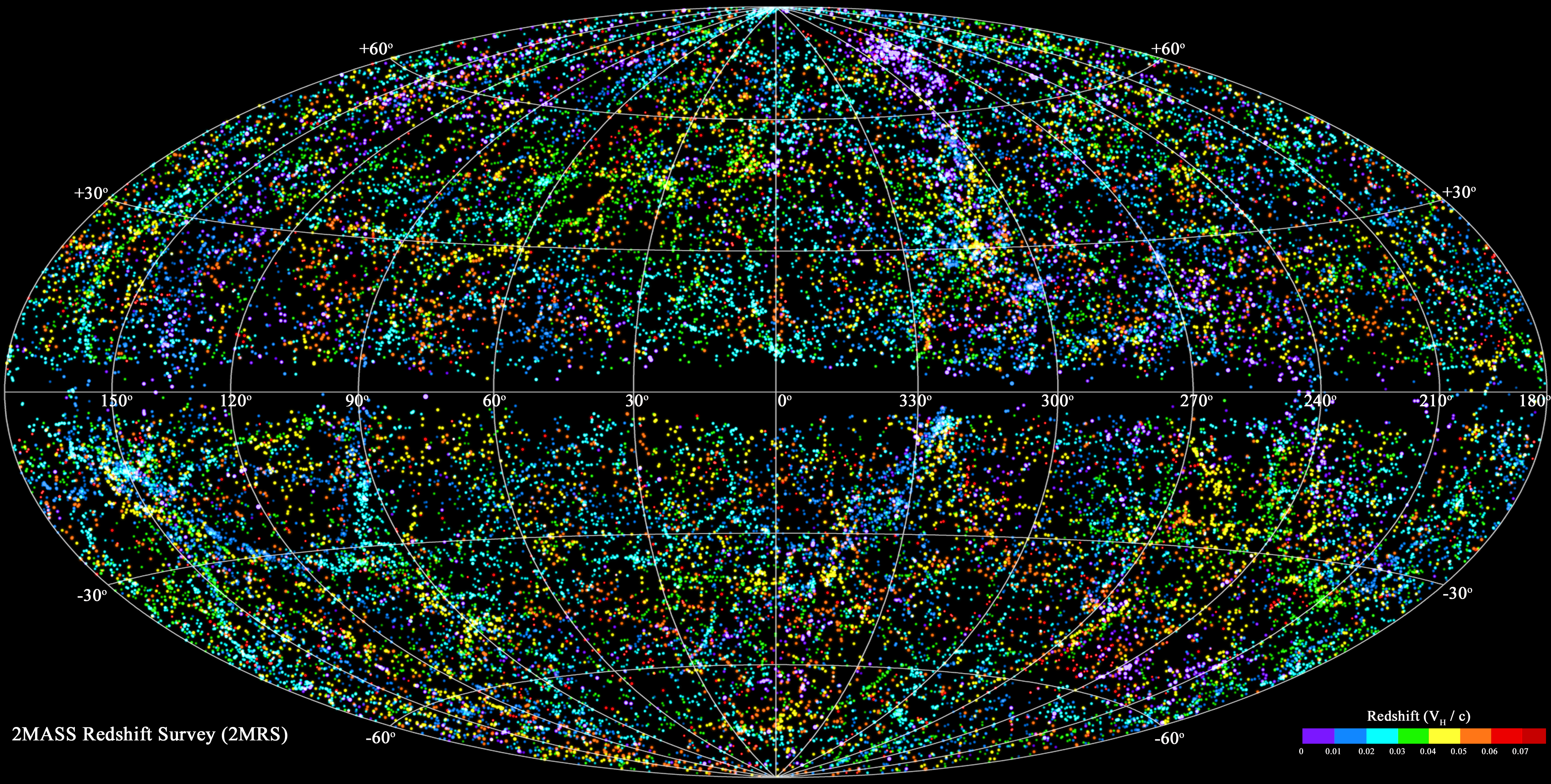Last week we learnt that the numbers of students sitting A-level physics has increased but that
the gender divide is getting worse,
This week we discover that at GCSE level,
both the numbers taking science and the percent have girls have increased - with 46% of double science entrants this year being girls. The girls continue to outperform the boys, both overall, and in science (which seems to me should put pay to any ideas about intrinsic lack of science ability in girls) but yet this doesn't translate to girls taking Physics at A-level.
Imram Khan comments in the
CASE reaction to the GCSE results (which he wrote, causing me to wonder what the rules are on quoting your self in an article).
"
We need to encourage more girls to take the top grades they get at GCSE and translate those into science and maths A-levels."
In related news, this week, the
September 2011 Issue of Nature Chemistry celebrates women chemists in its cover - a photo mosaic of Marie Curie made up of the images of 200 women chemists (reproduced below).
 |
ORIGINAL IMAGE OF MARIE CURIE © PHOTOS.COM/THINKSTOCK.
A portrait of Marie Curie's face created from the photographs of around 200 women scientists. |
In this volume, Michelle Francl (a Chemistry professor from Bryn Mawr College in the USA) writes a wonderful commentary: "
Sex and the Citadel of Science" in which she wonders why 100 years after Marie Curie won the Nobel Prize for Chemistry so few other women have followed her to Stockholm.
She puts forward a new and intriguing (at least to me) idea, that subtle messages from our working environment could be putting off women in science. As an example she talks about ergonomics - still general calibrated to the average size of men, for example:
"Chairs — in meeting rooms and conference venues are built to accommodate the majority of men, and the minority of women (less than 5% in fact). Most women will look — and perhaps feel — just a bit out of place, faintly childlike in an outsized chair."
Although I would argue that is true of all office spaces, many of which do not have the same gender imbalance as science.
I was also interested to read her ideas on the use of colour as a subtle message about who belongs in science:
"It makes me wonder if one reason the science and engineering pipeline begins to leak girls at middle school is not due to some innate sex-linked lack of interest, but because that's often when 'real' lab equipment starts to be used regularly, the colours of which are drawn largely from the male-associated palette."
This led to a silly Twitter conversation between
myself,
@sarahkendrew and
@allinthegutter (all female astronomers) about how we only like red galaxies not blue ones, but actually I do wonder if all the beautiful images in astronomy could be responsible for a slightly higher female proportion in (some subfields) of astronomy than in physics as a whole (for which statement I should look up a reference).
Just look at all these
pink galaxies from Google Images! I wonder how many female astronomers can be traced by to Halpha being commonly displayed as pink in images....?
Being serious again though I do wonder if she has a point, Dr. Francl explains that obviously a single trivial detail like chair height, or the colour of lab equipment is not enough to put a girl off science, but she wonders about the cumulative effect of all these subtle messages, comparing it to the method of chemically separating substances by performing a procedure which slightly separates them multiple times.
To cap all this off (and inspiring the title of my post) Athene Donald is also writing about the impacts of gender in science in
THE: "
Where is Physics Barbie?". The increase in Physics A-levels has been attributed by the BBC to a rise in "
Geek Chic", but Dr. Donald (along with Alice Bell in her blog post "
Unravelling the Politics of Geek Chic") laments that our idea of a geek is still very male (and middle class), and that we are forcing these stereotypes on our kids from a young age - partially by the choice of toys. As a mother to two young children I will gladly admit to the disquiet I feel at the very pink "girls" toys, and the very green and brown "boys" toys. I will even admit to my dismay that my 4 1/2 year old daughter is really keen to get a Princess Barbie.
Computer Scientist Barbie exists (and even blogs for
UKRC), and in the 1960s apparently there was a Rocket Scientist/Astronaut Barbie, but I can say from personal experience that most of the Barbie aisle is pink, and very stereotypically girly.
 |
| Rocket Scientist Barbie |
I'm currently knitting my daughters only Barbie a dress (she has a Disney Ariel Barbie which just came with a mermaid tails and bikini) which I am sorry to admit panders to her wishes and so will be very pink and twirly..... All this makes me wonder if my next project should be a Physicist outfit for the doll - and if it was how would it look. I would argue that she could in fact wear a pink frilly summer dress! Perhaps I'll just add a computer!
Anyway I'm not sure why all of this is making the online news this week, but I'm glad it is. Any discussion of the issues in my opinion is a good thing. As an
MIT study showed - things only seem to improve when we're paying attention.
And I am happy to report I have an adjustable chair set at just the right height for me. A standard desk though (just too high?) and a very brown and green mens club looking coffee room to sit in. Perhaps I'll ask the department to put up some pictures of pink galaxies soon!







































